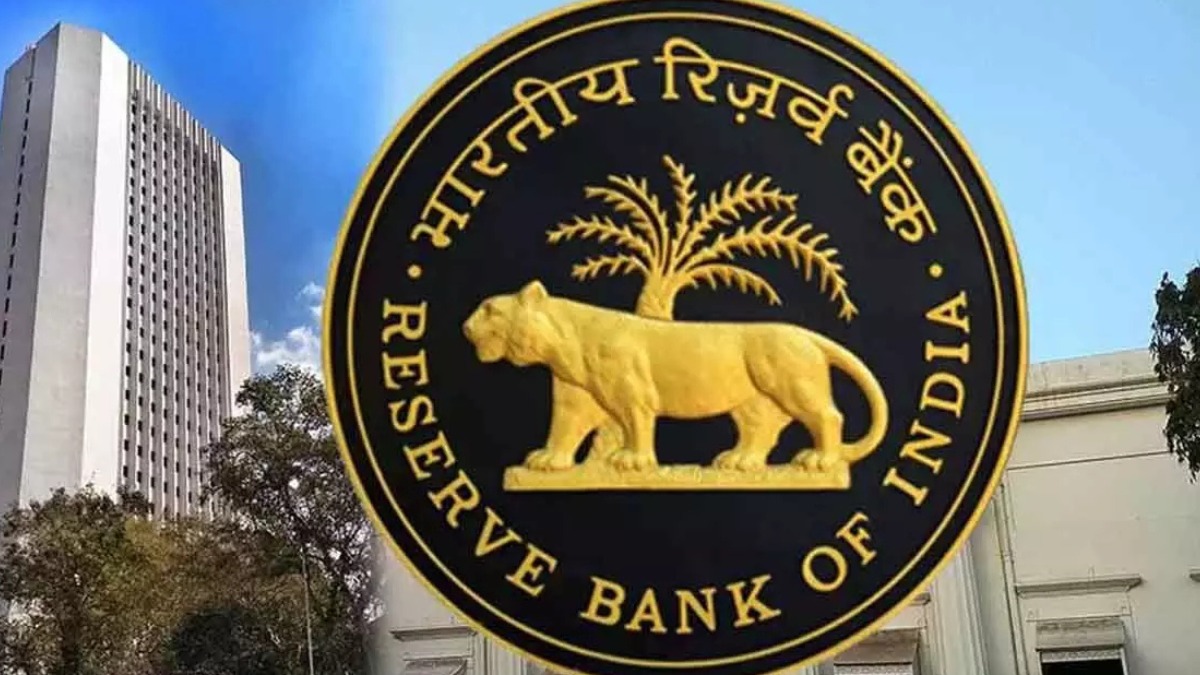@JUDGMENTTAG-ORDER
A.M. Sapre, J.
This is an appeal filed by CIT (Revenue) u/s 260A of IT Act against an order dt. 13th July, 2001, passed by the Tribunal in ITA No. 502/Ind/1999 for asst. yr. 1994-95. This appeal was admitted for final hearing on following substantial question of law :
"Whether, on the facts and in the circumstances of the case, the Tribunal was justified in holding that if the full scope of Section 36(1)(vii) is given, the purpose of Clause (viia) of Section 36(1) shall be defeated ?"
2. The assessee (respondent herein) is a scheduled bank as defined u/s 36(1)(viia), Explanation (ii) of the IT Act. The assessee has several rural branches as defined in Explanation (ia) ibid.
3. For the asst. yr. 1994-95, the question arose before AO as to whether assessee is entitled to claim benefit of Section 36(1)(vii) and (viia) and if so, to what extent or how much ? In fact, so far applicability and/or entitlement of benefit and consequent deduction under aforementioned two sections are concerned, the same was not in dispute, In other words, it was not disputed that assessee is entitled to claim deduction under these two sections. The real question that fell for consideration was its manner, extent and how much ?
4. The assessee claimed deduction of a sum of Rs. 11,13,00,931, Rs. 10,86,49,717 and Rs. 4,56,31,774 u/s 36(1)(vii) and (viia). The question was, whether it can be allowed and if so, to what extent or how much ?
5. As observed supra, the assessee claimed deduction of a sum of Rs. 11,13,00,931 u/s 36(1)(viia) and Rs. 10,86,49,717 u/s 36(1)(vii). In addition to these amounts, the assessee further claimed a sum of Rs. 4,56,31,774 which, according to them, was a provision made u/s 36(1)(viia). The AO by order dt. 31st Oct., 1996, allowed this deduction as claimed by the assessee. However, the CIT was of the view that the manner and extent to which the assessee had claimed, and in consequence, AO allowed, was not proper. It was, according to him, erroneous and prejudicial to the interest of Revenue. The CIT, therefore, invoked his suo motu revisionary powers u/s 263 of the Act and after granting an opportunity to the assessee, set aside that part of the order of AO which had dealt with the issue relating to deduction of Rs. 4,56,31,774 claimed by the assessee u/s 36(1)(vii) and (viia). In the opinion of CIT, the assessee had no right to claim the deduction amounting to Rs. 4,56,31,774 u/s 36(1). According to him, it was wrongly allowed by the AO and, if claimed, the same was not available for claiming deduction u/s 36(1)(vii) or (viia) ibid being erroneous and prejudicial to the interest of Revenue. In this view of the matter, the CIT by order dt. 31st March, 1999, set aside the order of AO to this extent. It is this order of CIT which was challenged by the assessee in appeal to Tribunal. By impugned order, the Tribunal allowed the appeal and set aside the order of CIT. As a consequence, the order of AO granting benefit of deduction claimed by the assessee amounting to Rs. 4,56,31,774 was restored. It is against this order of Tribunal, the CIT (Revenue) has come up in appeal.
6. Heard Shri R.L. Jain, learned senior counsel, with Ku. V. Mandlik, learned counsel for the appellant, and Shri R.T. Thanevala, learned counsel for the respondent.
7. Having heard learned counsel for the parties and having perused record of the case, we are inclined to allow the appeal and while setting aside of the impugned order, remand the case to the Tribunal for deciding the appeal afresh on merits as indicated infra.
8. Mere perusal of impugned order would indicate as to how and on what basis, manner, approach and the reasoning, the Tribunal decided the whole issue. This is contained in para 6 of the impugned order which reads as under:
"To understand the working of this proviso, let us take a very simple example of operation of the bank for the very first year. Bank may write off certain amounts as bad debt throughout the year. At the end of year, it may still have certain doubtful debts from its rural branches, for which statutory provisions can be created under Clause (viia). Now, if the written off bad debts are adjusted against this provision, then the purpose of Clause (viia) which is to encourage opening of rural branches and disbursal of loan in rural areas shall be defeated; If the interpretation as given by the Revenue is allowed, then the very purpose of Clause (viia) shall stand defeated. Therefore, we agree with the contention of the assessee that provision which can be adjusted against the written off debts can only be provision available at the beginning of the year and not the provision which though created at the end of the year but for which figures are available much after the end of the year."
9. In our considered opinion, the issue of this nature such as the one involved has got to be decided on the basis of recognized principle of accountancy coupled with the requirement of sections which govern the issue. Indeed, it involves the manner and methodology of accountancy in claiming deduction. In cases of like nature, their Lordships of Supreme Court have always taken the help of methods adopted/prescribed/recognized by the Indian Institute of Chartered Accountants as in the opinion of their Lordships, they are the best guide. In one of the cases
"Para 26--The view we take about the cost of the raw material is borne out by the guidance note of the Indian Institute of Chartered Accountants and there can be no doubt that this Institute is an authoritative body in the matter of laying down accountancy standards."
10. In our opinion, the Tribunal should have taken note of this approach in deciding the issue, rather than to give their own illustration not supported by any method, much less recognized method of accountancy. The illustration which the Tribunal has given by saying "simple illustration" is, in our humble view, their own invention but no efforts were made to support the same either by any judicial precedent or method of accountancy or an exclusive interpretation of two sections. It is for this reason, we cannot countenance the approach nor can we uphold the finding recorded on such approach.
11. Taxmann in their book for asst. yr. 2003-04--Student''s Guide to Income Tax, has explained by giving example at p. 321 (para 81.28-3PI) as to how and in what manner the bank (assessee) is entitled to claim the deduction u/s 36(1)(vii) and (viia). We consider it proper to reproduce the same in verbatim infra :
"81.28-3PI XY Ltd., a public financial institution, is eligible for claiming deduction u/s 36(1)(viia). Its business income (before claiming this deduction) for the previous year 2002-03, is Rs. 160 lakhs. Provision for bad and doubtful debts account has an opening balance of Rs. 1 lakh on 1st April, 2002.
XY Ltd. wants to write off Rs. 14 lakhs during 2002-03 on account of bad debts.
Compute the amount of deduction u/s 36(1)(vii)/(viia). What are the formalities the taxpayer is required to complete ?
The amount of bad debt, i.e., Rs. 14 lakhs should be debited to "Provision for bad and doubtful debt" account as follows--
_____________________________________________________________________
(Rs. in (Rs. in
lakh) lakh)
_____________________________________________________________________
31st March, 2003, To 14 1st April, 2002, by balance b/d
debtors a/c (being 31st March, 2003, by P&L a/c 1
bad debt, the taxpayer [being deduction eligible under
wants to write off) Section 36(1)(viia), i.e., 5%
of Rs. 160 lakh] 8
31st March, 2003, by P&L a/c
[being deduction under Section
36(1)(viii)] 5
______________________________________________________________________
14 14
______________________________________________________________________
The following conclusions, one can draw--
1. The amount of deduction u/s 36 is as follows--
(a) provision for bad and doubtful debts u/s 36(1)(viia) : Rs. 8 lakhs (being 5 per cent of Rs. 160 lakhs)
(b) bad debts u/s 36(1)(vii) : Rs. 5 lakhs.
2. The amount of bad debt (i.e., Rs. 14 lakhs) should be debited to the provision for bad and doubtful debts account and only if such amount is more than the credit balance in the provision for bad and doubtful debts account (i.e., Rs. 1 lakh + Rs. 8 lakhs), the excess is eligible for deduction u/s 36(1)(vii)."
The aforesaid book is recognized as a standard treaty by Indian Institute of Chartered Accountants as what we have gathered and hence, one can place reliance on the method suggested by the author quoted supra.
12. In our opinion, the Tribunal should have examined the issue and the findings of AO and CIT in the light of method suggested supra or any other method suggested by IICA, as the case may be, with a view to find out as to whether deduction claimed by AO under the twin sections, i.e., Section 36(1)(vii) and (viia) amounting to Rs. 4,56,31,774 is legal or not, and whether it can be claimed along with other two deductions mentioned supra. If it cannot be claimed then it will amount to an erroneous exercise of power, by AO rendering the same prejudicial to the interest of Revenue. But, if it can be claimed or is capable of being claimed on proper accountancy method as suggested supra or any other recognized method acceptable to principle of accountancy, then it cannot be regarded as a deduction being erroneous or prejudicial to the interest of Revenue.
13. We, therefore, allow the appeal, set aside the impugned order and remand the case to the Tribunal for deciding the appeal afresh on merits in the light of what we have observed supra. Since, this Court is possessed of power to remand the case and hence, it is considered proper to remand the case and get the decision afresh from Tribunal on merits before we apply our mind to the controversy involved. Let the appeal be decided by the Tribunal within six months. No costs.

